What does the outcome of COP26 mean for SMEs?
2 December 2021
Kevin Lambert summarises the key takeaway points for SMEs from the historic COP26 climate summit in Glasgow.
COP26 was billed as a crucial milestone in the international effort to avert the worst effects of global warming.
Let’s start with the bad news first. The ‘Glasgow Climate Pact’ adopted after two weeks of frantic negotiations wasn’t the result the planet needed. As explained in our SME guide to COP26 in the lead up to the summit, the primary aim was to get countries to reach an agreement that puts us on track for limiting global temperature rise to close to 1.5°C above pre-industrial levels, or at least keep that target within clear view.
At the conference, the Prime Minister of Barbados warned that anything above 1.5C was a “death sentence” for the millions of people on the frontline of the climate crisis. That warning is backed by scientists at the Met Office, whose latest analysis suggests that the number of people facing extreme heat stress will rise from 68 million today to one billion if temperatures rise by 2°C (and that says nothing of other extreme weather events like flooding and forest fires, rising sea levels and nature loss that come with a 2°C trajectory).
Before COP26, experts estimated that the planet was on a trajectory for around 2.7°C if countries delivered on their existing commitments. In the end, world leaders left Glasgow with commitments that are still nowhere near good enough for 1.5°C. Independent analysis suggests we are now most likely on track for somewhere in the region of 2.4°C. So there has been progress, but much more work remains to be done.
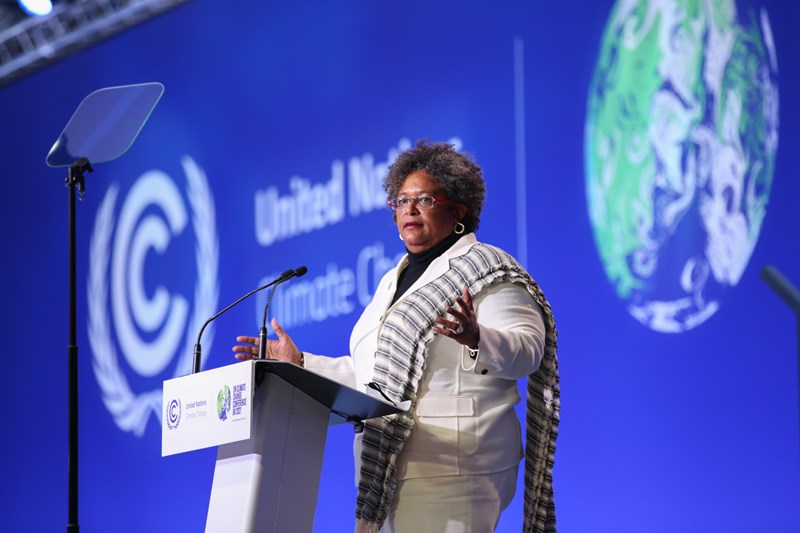
Mia Mottley, Prime Minister of Barbados urges world leaders to act on the first day of COP26.
Disappointment does not mean resignation
Getting a robust agreement was always going to be difficult. Every member nation had to ratify the Glasgow Climate Pact for it to be adopted. Disagreements between different factions meant that no one was ever going to leave completely satisfied, and there was always the risk that we could have walked away with nothing at all.
Nevertheless, important progress has been made, and the 1.5°C goal has not been abandoned. Countries have agreed to re-convene next year to strengthen collective efforts (instead of waiting until 2025, as previously planned). Countries will also have to report their progress on emissions cuts every two years from now on.
Ultimately, every fraction of a degree matters. If the threshold for 1.5°C is passed, then the red line becomes 1.6°C, and so on. The pressure on businesses and governments to act will not let up just because the ideal package was not achieved in Glasgow.
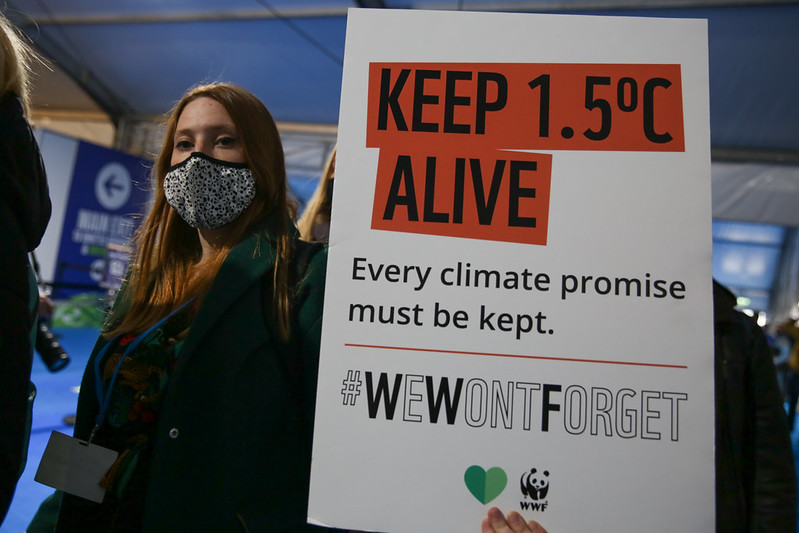
Investment will shift from fossil fuels to clean energy
In the lead up to COP26, Boris Johnson had set out four key priority areas the UK would be looking to influence: coal, cars, cash and trees. Notable progress was made on all four.
All countries committed to ‘phasing down’ coal power and ‘phasing out’ subsidies for fossil fuels. In some cases, countries committed to phasing out coal entirely by the 2030s and ending financial support for overseas fossil fuel projects by the end of 2022 (the UK included). Coal now barely features in the UK energy mix, so these developments will not affect UK SMEs directly. However, it does mean that investment in clean energy sources will accelerate worldwide, which will only serve to accelerate the drop in prices for renewable energy technologies like solar PV systems.
The Prime Minister also launched a new global initiative called Glasgow Breakthroughs, where over 40 countries will work with the private sector to make clean power “the most affordable and reliable option for all countries” by 2030.
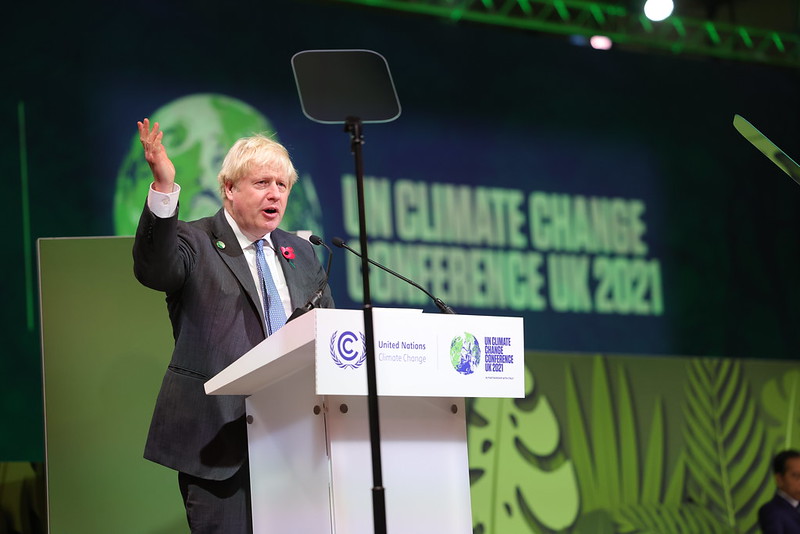
Prime Minister Boris Johnson at COP26.
Electric vehicles will be the norm sooner
On ‘cars’, it is now clearer than ever that electric vehicles will be the norm within the next few years. Nearly 30 countries committed to all new cars and vans being zero emission by 2040 or earlier, or by no later than 2035 in the largest markets (the UK is already phasing out new internal combustion engine cars by 2030 and vans by 2035).
Several major vehicle manufacturers committed to reaching 100 per cent zero emission cars and vans in line with the above, while 27 corporate fleet owners such as Sainsbury’s, Tesco and Unilever committed to 100 per cent zero emission cars and vans by 2030 or earlier.
The Glasgow Breakthrough initiative also aims to make zero emission vehicles “the new normal” in the 40 member nations by 2030.
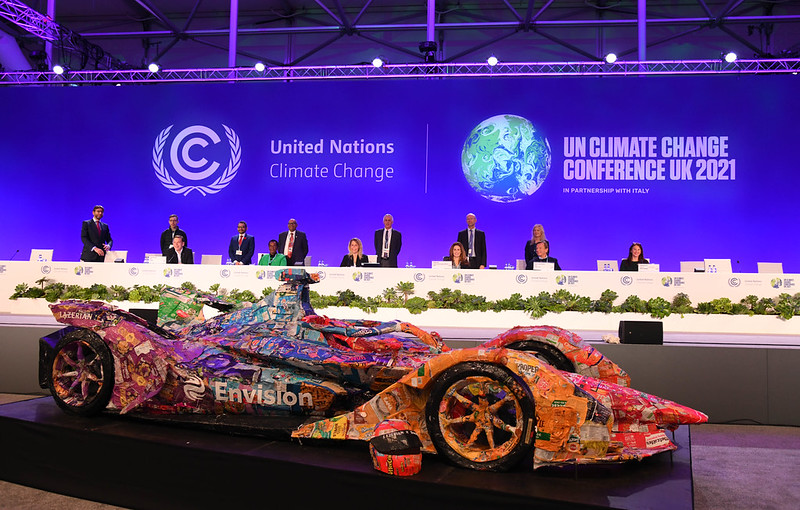
Launch of the global declaration on the transition to zero emission vehicles at COP26.
There will be a crackdown on deforestation and nature loss
One of the most commended announcements at the summit was a pledge by more than 140 countries, representing more than 90 per cent of the planet’s forests, to collectively “halt and reverse” forest loss and land degradation by 2030.
The commitment will see countries facilitate trade and development to promote sustainable production and consumption of key commodities linked to deforestation, such as timber and agricultural products.
The Glasgow Climate Pact also finalises the rulebook for international carbon markets – whereby countries buy carbon credits to claim reductions from projects developed in other countries. The market for voluntary carbon offsets used by businesses and individuals is expected to align with the new rules, which should help to improve transparency and quality in an industry that has, until now, been underregulated and open to greenwash.
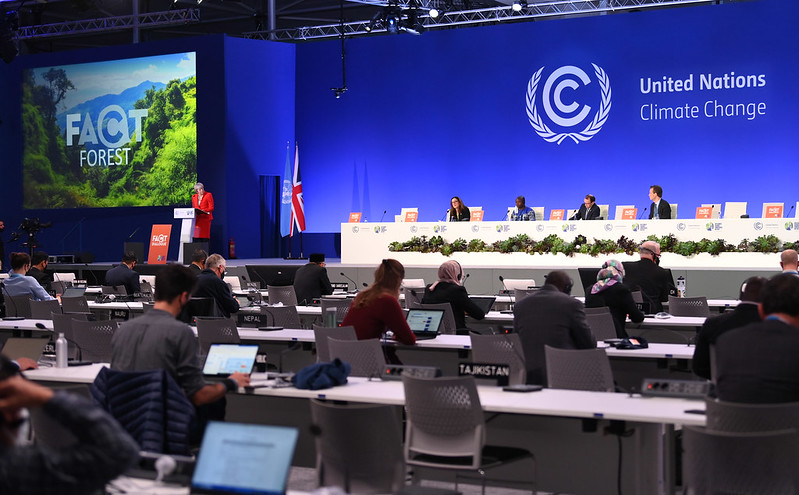 Former Prime Minister Theresa May speaking at the Forest, Agriculture and Commodity Trade (FACT) Dialogue at COP26.
Former Prime Minister Theresa May speaking at the Forest, Agriculture and Commodity Trade (FACT) Dialogue at COP26.
Resilience is more important than ever
COP26 has showed that measures to reduce greenhouse gas emissions at the global level are still moving far too slowly. Unfortunately, this means that a certain amount of global warming is already ‘locked in’ no matter what we do over the coming years. Even at 1.5°C there will be severe consequences – the planet is currently around 1°C warmer than pre-industrial levels and we’re already experiencing catastrophic weather events around the world on a more regular basis.
As a result, SMEs should begin to think about their resilience to extreme weather events and other climate-related disruptions.
The most obvious risk in the North West region is the threat of more frequent and extreme floods, but risks in the supply chain are just as important. Extreme weather even had a small hand in causing the recent energy price crisis.
Having a sustainable supply chain strategy that maps risk is a valuable tool. You can learn about mapping and understanding your climate-related risks through the Taskforce for Climate-related Disclosures (TCFD), whose guidelines will soon be mandatory for large companies in the UK.

There will be mandatory corporate transparency and disclosure
Another big development at COP26 was a new finance sector initiative, the Glasgow Financial Alliance for Net Zero (GFANZ). The alliance commits over $130 trillion of private finance (over 40 per cent of the world’s financial assets) to science-based net zero emission targets.
At the same time, 36 countries – including the UK – have committed to mandatory action to ensure investors have access to reliable information to guide their net zero aligned investments. A new International Sustainability Standards Board (ISSB) will launch its first set of global rules for corporate transparency and disclosure in 2022.
In the UK specifically, the government plans to legislate for listed companies and financial institutions to publish their own ‘net zero transition plans’ by 2023. While these requirements will not be mandated on SMEs directly, they will require larger businesses to drive emissions reduction across their full value chain. We can expect an acceleration of pressure on SMEs to produce their own net zero plans and provide greener products and services as a result.
The corporate net zero transition plans, which will be supported by a’ science-based gold standard’ drawn up by an independent taskforce (more details expected next year), will have to include:
- High level targets to mitigate climate risk, including net zero emissions
- Interim milestones to ensure progress
- Actionable steps the organisation plans to take.
When combined with the growing net zero intentions of investors, this increased transparency will drive more genuine climate action through supply chains and less corporate greenwash.
At the moment, research shows that around one in four suppliers are asked about their climate action by customers. That is now likely to change sooner in many industries.
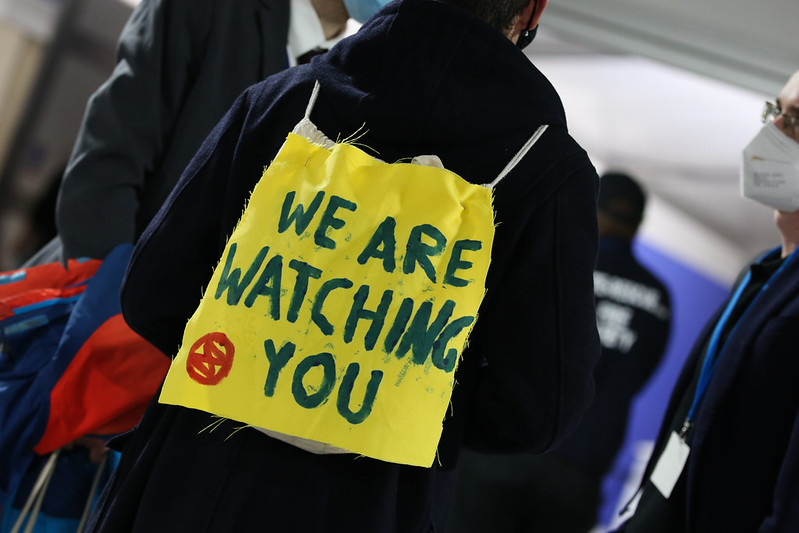
Business commitment is at an all-time high
What COP26 perhaps showed most clearly was that, rather than waiting for governments to catch up with the science, large businesses are increasingly leading the way on the 1.5°C goal, which will ultimately filter through to SMEs who will need to align themselves with their customers’ ambitions.
A large portion of the global economy is now covered by net zero targets, including a third of the world’s 2,000 largest publicly traded companies. In the UK, two thirds of FTSE100 companies have joined the UN’s Race to Zero campaign, which requires members to set long-term and interim net zero targets aligned to the 1.5°C goal and publish a plan showing how they will be achieved. The actions of each of these companies could impact thousands of SMEs. Over half of FTSE100 firms also now link executive bonuses and salaries to ESG (Environmental, Social and Governance) goals to incentivise progress.
In other words, even if governments still have ground to make up, the core business case for climate action – increased competitiveness, reduced costs and improved efficiency, resilience to rising energy costs and other disruptions, improved staff retention and recruitment (especially among younger people) – is stronger than ever.
Now it’s over to you
If you’re new to the concept of net zero and need support, sign up for our next cohort of Journey to Net Zero – a fully-funded online course of group workshops and guidance that will help you to understand your carbon footprint and build your own strategic plan.
More advice on net zero for Greater Manchester businesses is also available at www.beenetzero.co.uk.

Kevin Lambert, Resource Efficiency Lead
Kevin has over 20 years’ experience working with businesses, helping to reduce operating costs and mitigate business risks associated with climate change. He has worked with a wide range of companies from SMEs to international conglomerates, as well as in the public sector with local authorities and both health and higher education organisations. His work involves engaging staff and identifying cost-effective investment opportunities that can bring significant financial and environmental savings. He has also delivered resource efficiency and low carbon management programmes at a regional, national and international level and holds an Honours degree in Energy Technology Management.